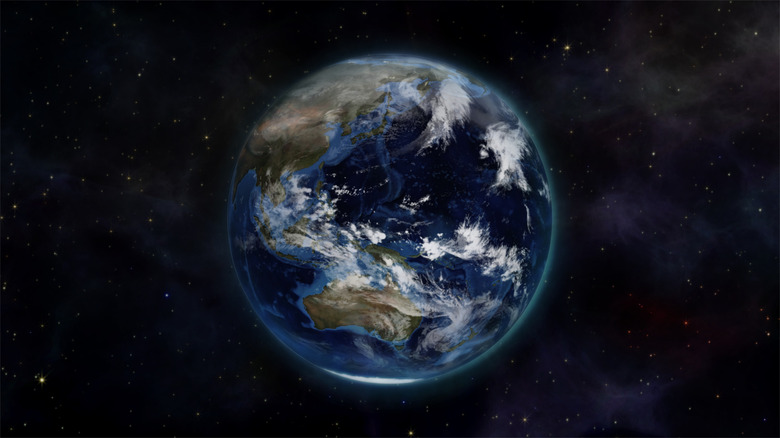Physical Address
Suite 5, 181 High Street,
Willoughby North NSW 2068
Physical Address
Suite 5, 181 High Street,
Willoughby North NSW 2068

The Earth is roughly spherical in shape, so you can approximately calculate its volume if you know its radius. Modern scientists have sophisticated methods for doing that, but even the ancient Greeks could do it by observing the sun. Within the volume defined by the rocky crust whose surface humans inhabit are two cores, each with a specific radius and volume. The inner core, which is iron, is slightly smaller than the moon.
Because Earth is almost spherical, you can calculate its volume (V) using the mathematical relationship V = 4/3 pi x r^3, where “r” is its radius. The equatorial radius of the planet is 6,378.1 kilometers (3,963.2 miles), and its polar radius is 6,356.8 kilometers (3,949.9 miles). Averaging these two numbers yields a mean radius of 6,371.0 kilometers (3,958.7 miles), which in turn yields an approximate value for the volume of the Earth of 1.08 quadrillion cubic kilometers (259 trillion cubic miles).
The radius of a sphere is defined as the distance from its center to its surface, and since scientists can’t get that far inside the Earth, they can’t directly measure its radius. You can, however, derive it from parameters people can measure. For example, the ancient Greek astronomer was able to calculate an approximate value of Earth’s circumference by measuring the altitude of the midday sun and zenith points at two different locations whose distance apart he could measure. Because geometry shows that the circumference of a circle equals 2 x pi x r, he could obtain Earth’s radius by dividing the circumference by 2 x pi.
Scientists are able to determine the composition of the inner layers of the Earth by studying seismic waves, which are disturbances produced by movements deep inside it. They know that the Earth’s core is much denser than its crust and that its radius is 1.22 million meters (758 miles), which is slightly smaller than that of the moon. They also know that the liquid core that surrounds the inner one has a radius of 3.48 million meters (2,162.4.2 miles), which is about 55 percent of the radius of the Earth itself.
Earth is the largest of the four rocky planets closest to the sun. Venus, which is almost its twin in terms of size, has a volume that is 86 percent that of Earth, but the volume of Mars is only 15 percent as great, and that of Mercury only 5 percent. You could fit six Mars-size and almost 20 Mercury-size planets inside Earth. On the other hand, you could could fit 1,321 Earth-size planets inside Jupiter, the largest planet in the solar system, and about 1.3 million planets the size of Earth would fit inside the sun.